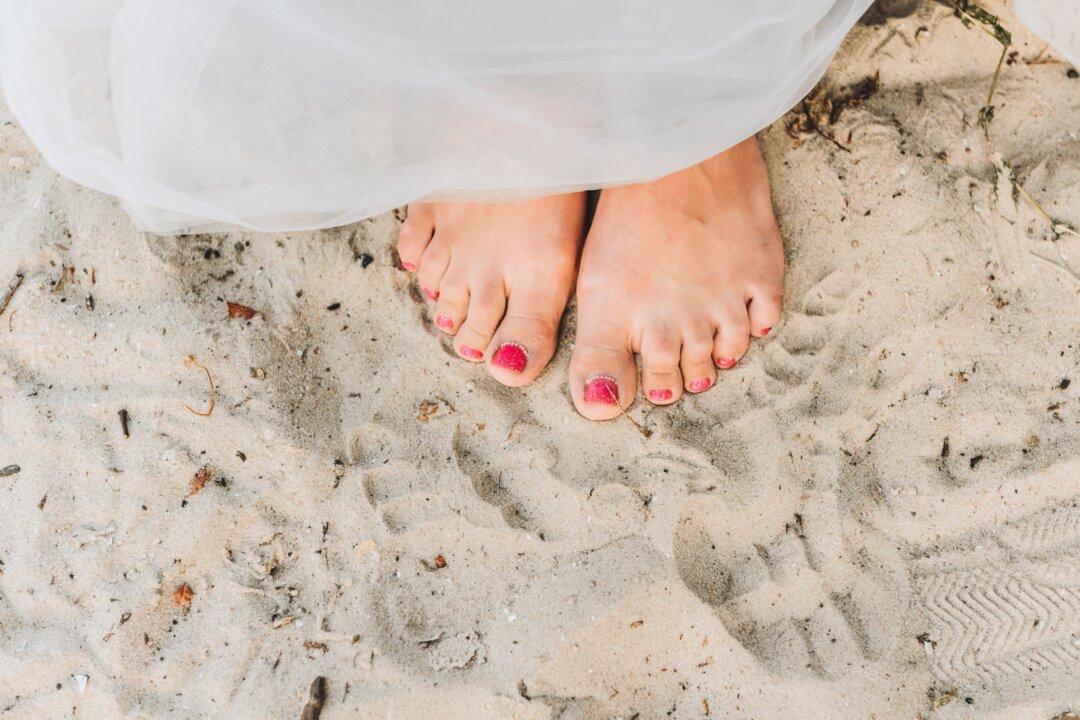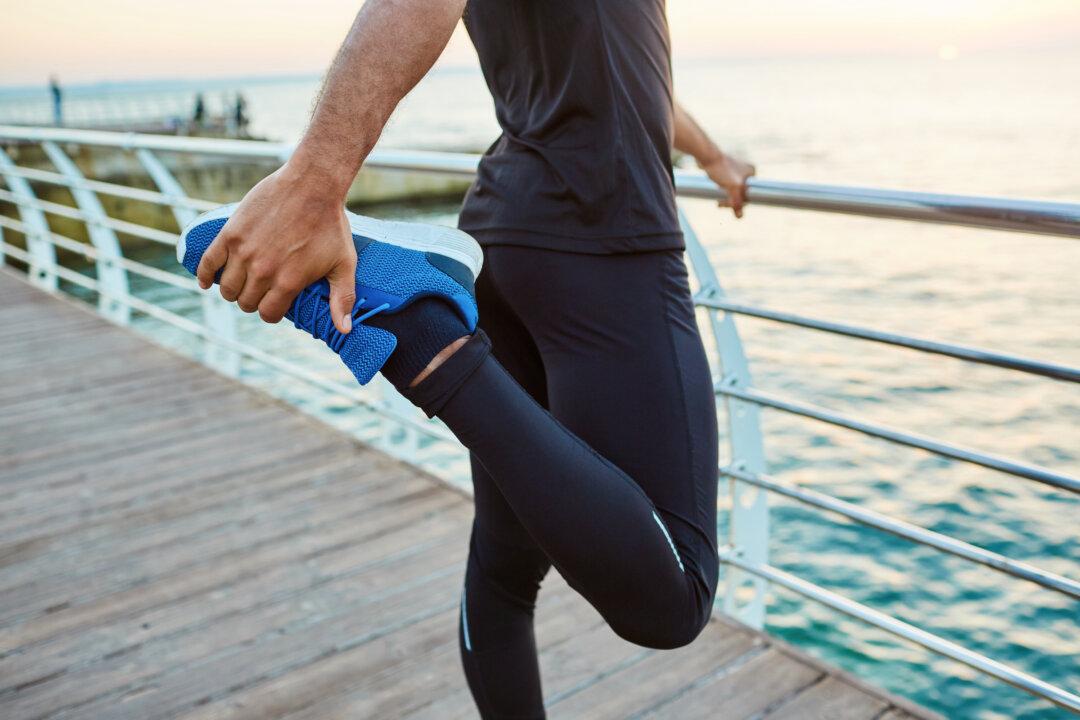Pain is a common symptom of cancer patients. According to surveys, about 30 percent to 50 percent of cancer patients have pain problems, and more than 80 percent of terminal cancer patients experience pain. Most cancer patients must continually rely on painkillers or morphine. However, even with legal prescriptions, these drugs can bring many uncomfortable and adverse side effects, and over time can even damage the brain, liver, kidneys, gastrointestinal system, and immune system, depriving these patients of their chance to recover. If you are looking for a natural and gentle way to relieve your pain without side effects, there are many natural and non-invasive pain relief remedies that can be alternatives to painkillers.
Mrs. Lee, who’s in her 70s, began to feel pain in her left upper arm several years ago, and her left arm also became less flexible. She applied Chinese herbal creams and medical patches on her arm, but the symptoms wouldn’t go away. One year later, her pain suddenly worsened, extending from her left arm to her back, making it impossible for her to lie down. As a result, she had to sleep sitting up every night. A short while later, Mrs. Lee suddenly coughed up blood, and her husband took her to a major hospital for an examination. A CT scan revealed an 3-inch tumor in her right lung, fluid in her lungs, and signs of cancer metastasis in her liver.





